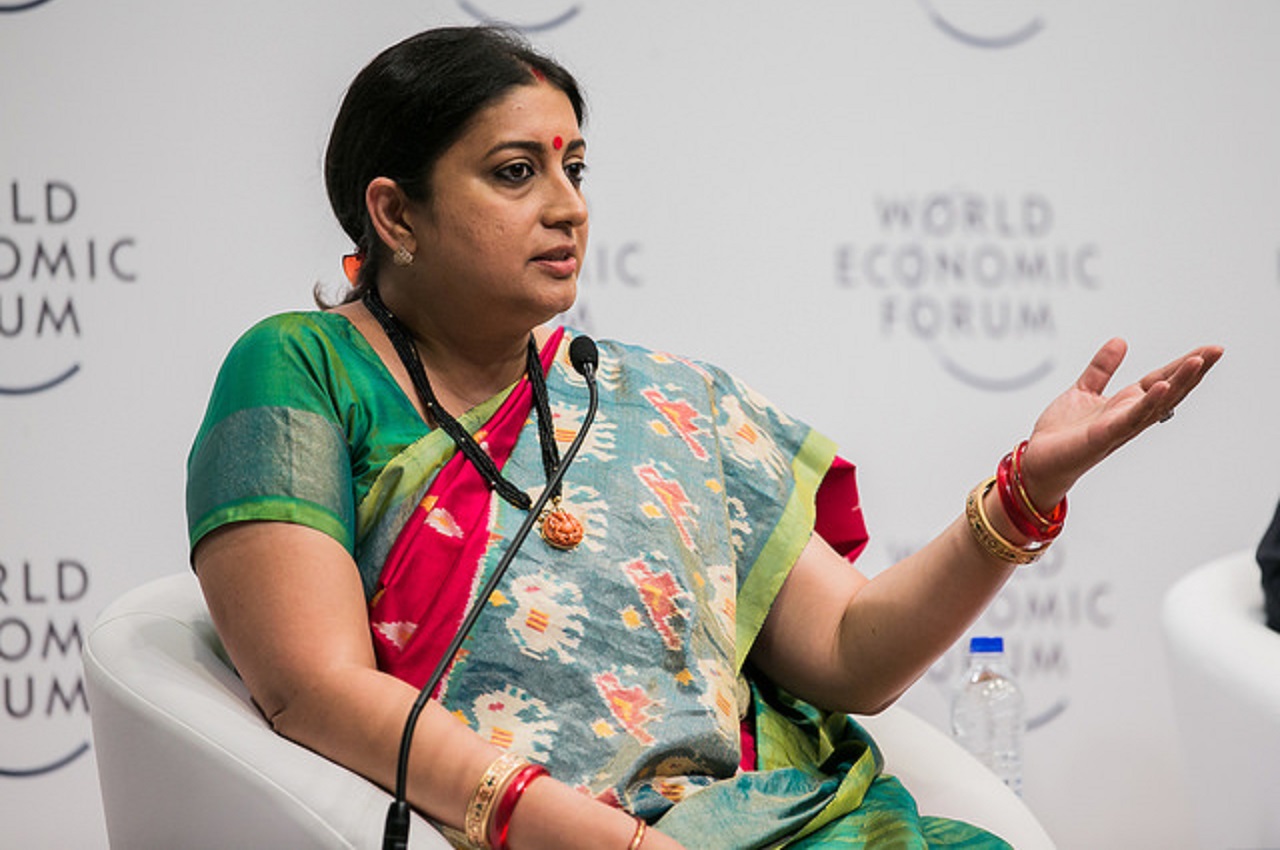New Delhi: A day after I&B ministry brought out a set of rigorous measures to deal with fake news, it decided to roll-back the order on Tuesday, after the PMO directed the same. According to government sources, the Prime Minister’s Office did not want any controversy on the freedom of speech and was concerned about the reactions to the new guidelines.
According to report, the PMO believes that the matter must be addressed by Press Council of India.
 Smriti Irani had earlier defended the new rules as a means of promoting “ethical journalism,” and said that complaints about “fake news” would not be determined by government agencies.
Smriti Irani had earlier defended the new rules as a means of promoting “ethical journalism,” and said that complaints about “fake news” would not be determined by government agencies.
The order was criticized by journalists and members of the civil society group. As per the guidelines for the accreditation of journalists, if the publication or telecast of fake news is confirmed, the accreditation of the concerned journalist would be suspended for a period of six months in the first violation and for one year in case of a second violation. In case of a third violation, the journalist’s accreditation would be canceled permanently, the information and broadcasting ministry said in a statement.
Recently, Karnataka Police arrested the editor of one of such fake news publishing website Postcard on charges of spreading the fake and publishing communally sensitive news on his website. The website reported on March 18 that Jain monk Upadhyaya Mayank Sagarji was attacked by Muslims. However, according to the Police Sagarji was actually injured in a road accident.
The ministry did not define “fake news” but said in a statement that all complaints of “fake news” would be referred for determination to the Press Council of India (PCI) for violations in print, and to the National Broadcasters Association (NBA) for violations on TV. The ministry’s statement didn’t mention digital media, although I&B minister Smriti Irani has previously said that the government would try and frame rules for that too.
Fake news phenomena
Fake news in the 21st century is often intended to increase the financial profits of the news media outlets. In an interview with NPR, Jestin Coler, former CEO of the fake media conglomerate Disinfomedia, said, “Who writes fake news articles, who funds these articles, and why news creators create and distribute false information fake.”
Coler, who has since left his role as a fake news creator, said that his company employed 20 to 25 writers at a time and made $10,000 to $30,000 monthly from advertisements.
The government of Malaysia pushed a law through parliament that makes “fake news” punishable by a maximum 6-year jail term yesterday despite an outcry from critics worried it will be used to stifle dissent before elections. The law targets foreign as well as local media.
Dealing with fake news has become a matter of concern for governments around the world especially on digital media. There are many fake news websites which are operating without any fear with the motive of spreading a lie and create an atmosphere of panic and hatred.









